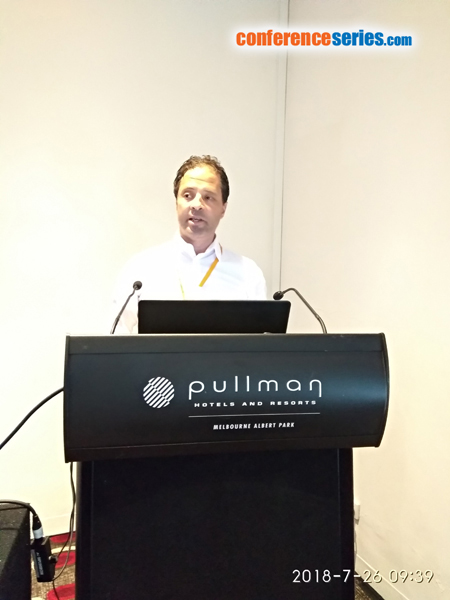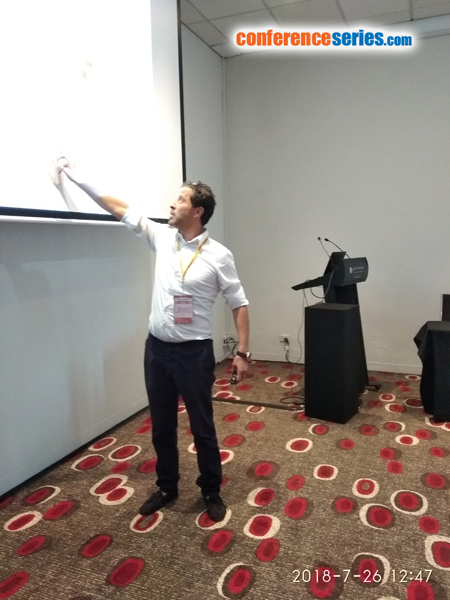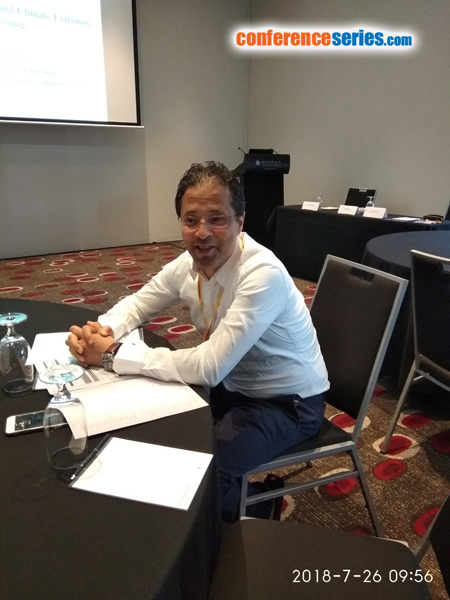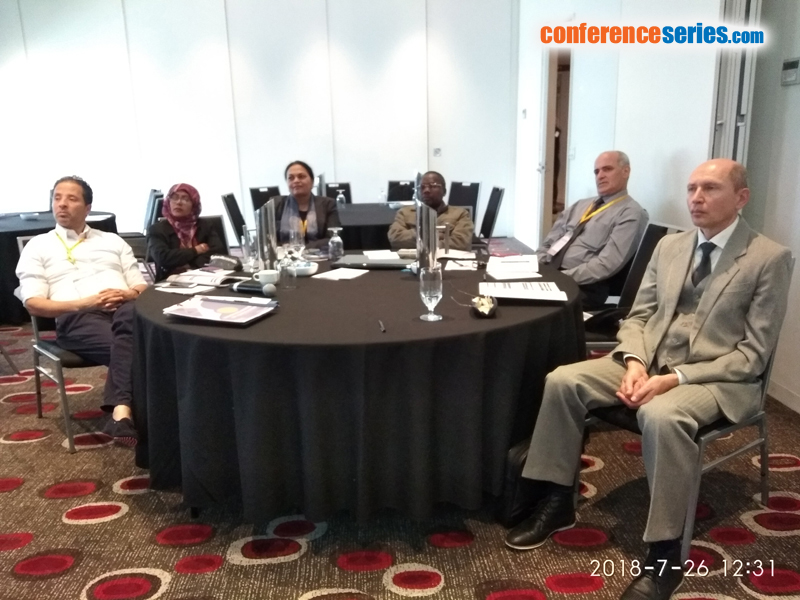
Yasser Hamdi
IRSN, France
Title: Better modeling durations to better characterize heat spells: a new approach to estimate extreme temperatures in the nuclear safety field
Biography
Biography: Yasser Hamdi
Abstract
Methods for characterizing extreme temperatures (ETs) and heatwaves hazards were often used in the literature by applying the extreme value theory but rarely with duration modeling. Systems more susceptible to the ETs have another temperature which we designate herein as the Long Duration Anticipated Temperature. For a modern risk-based approach, knowledge of the magnitude and frequency of occurrence for a given duration and number of exceedances are prerequisites. Yet despite its obvious importance, ETs durations have been often excluded from the modelling. However, the notion of duration is not easily interpretable in a frequency analysis and can even be subtle. Few methods have been proposed in the literature to tackle this issue. The most important contributions propose the Temperature-Duration-Frequency (TDF) concept. However, the relevance of the TDF estimates in relation to a risk-based assessment for Nuclear Power Plants (NPPs) is questionable. Indeed, the durations considered in this concept are given in consecutive days while some ETs exceeded a number of non-consecutive days/year are important, as well. Indeed, ETs exceeded non-consecutive d days/year in a future horizon are important for periodic nuclear safety review during the NPP’s life and in design and conception of new equipments. As a matter of fact, the non-consecutive exceedances are nothing else than the annually r-Largest-Order-Statistics (r-LOS). This paper presents a new and more rational approach to estimate a design temperature considering events durations. The approach is based on the set of Temperature-rLOS-Frequency (TrF) curves. The Orange station in southern France is used as a case study. Annual ETs of duration r=1,…,10 non-consecutive-days are used and 10:100-years Return periods are used. These estimates are then used to construct the TrF curves that provide estimates of extreme hot temperatures for a given return period, for various durations of practical interest. Finally, we strongly believe that the probability of high temperatures related failure over an equipment lifetime is an important piece of information an engineer can communicate, if it is associated to the duration of spells.
Speaker Presentations
Speaker PDFs
Speaker PPTs Click Here






